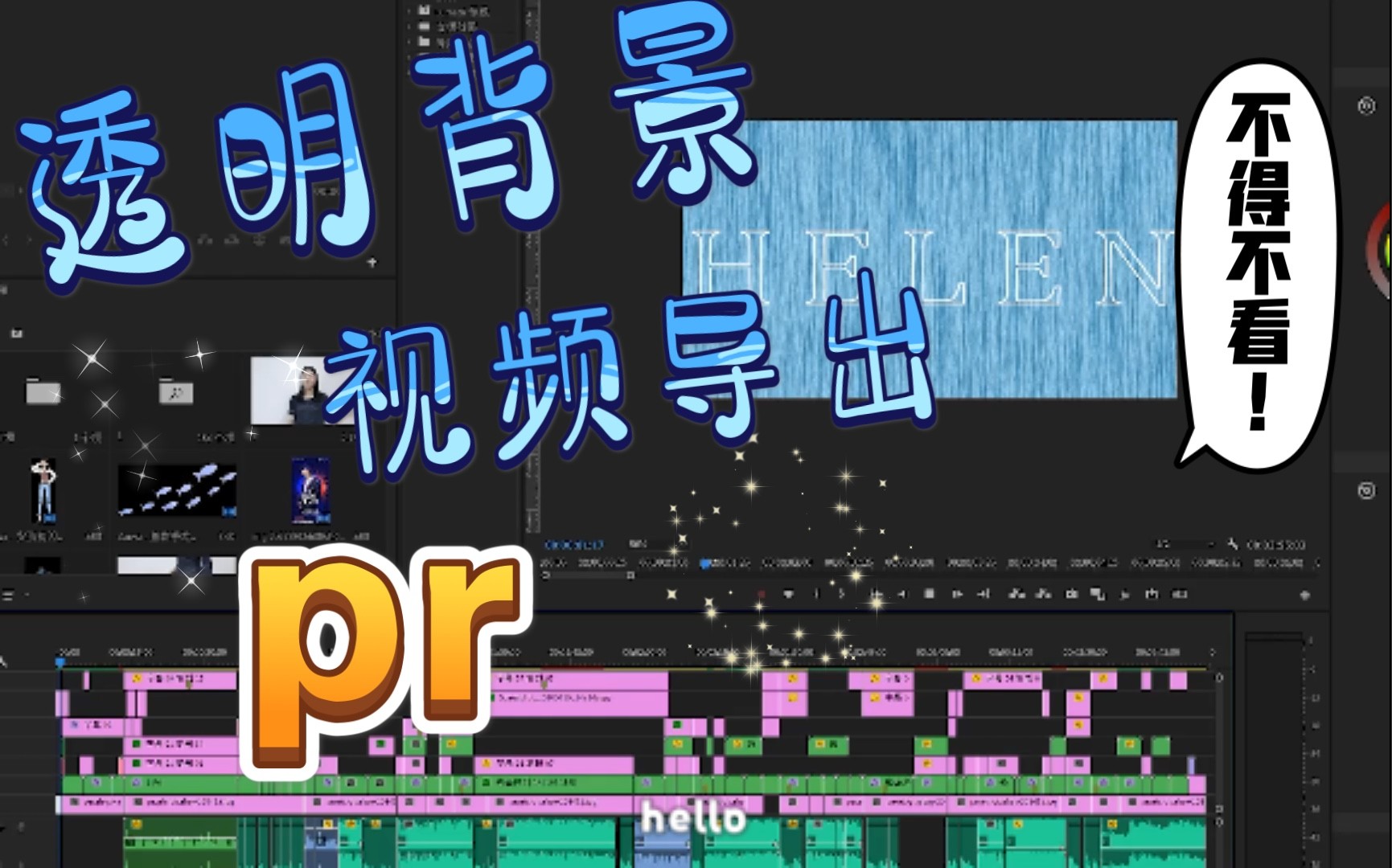Are you wrestling with video formats that refuse to play nice with Adobe Premiere Pro? The struggle of importing files like MKV, MOV, and FLV, only to be met with a wall of incompatibility, is a common frustration for video editors, but it doesn't have to be.
For those immersed in the world of visual storytelling, the ability to seamlessly integrate various video formats is paramount. Premiere Pro, while a powerhouse of editing capabilities, doesn't natively support every codec under the sun. This is where the right tools become essential, transforming potential roadblocks into smooth workflows.
The quest to unlock these formats often leads users to seek out specialized plugins and codecs. These tools act as translators, enabling Premiere Pro to "understand" and ingest a wider range of video files. By equipping your editing suite with the appropriate decoder, you can sidestep the frustration of conversion and get straight to the creative process.
Let's delve into the specifics of resolving the "Premiere Pro Import Error" and explore practical solutions to ensure that your MKV, MOV, and FLV files are ready to roll.
One of the frequent culprits behind import headaches is a lack of proper codec support. Premiere Pro relies on a complex system of codecs to decode and interpret video files. When the necessary codecs are missing, the software simply can't "read" the file, resulting in the dreaded error message.
The first step to resolving this is often to install the appropriate codec packs. QuickTime, once a ubiquitous player, remains relevant for its support of certain video formats, particularly MOV files. Similarly, installing codecs like K-Lite Codec Pack can expand the range of formats Premiere Pro can handle.
It's also important to ensure that these installations are performed correctly. Conflicts can arise, so carefully following the installation instructions is crucial. Furthermore, keeping these codecs up to date is essential, as updates often include fixes for bugs and support for new file types.
The challenge doesn't always stem from missing codecs; it can also be rooted in Premiere Pro's settings or even the structure of the video file itself. Sometimes, a video file may be corrupt or encoded in a way that Premiere Pro struggles to interpret.
If codec installation doesn't do the trick, then consider file conversion as an alternative. Software like Handbrake can convert video files into formats that Premiere Pro natively supports, like MP4 or ProRes. This is a reliable workaround, although it does involve an extra step in the workflow.
When exporting videos from Premiere Pro, it's easy for beginners to get tripped up. The numerous settings can feel overwhelming, leading to common problems like loss of quality, audio and video sync issues, or file corruption. Mastering the export settings is, therefore, a crucial skill.
Let's explore some practical approaches to exporting as a .MOV file in Premiere Pro, a common requirement for many video projects.
Firstly, ensure that you choose the correct export settings. Pay close attention to the video codec, resolution, frame rate, and bit rate. Selecting the right codec can significantly impact the final file size and quality. For example, if you are aiming for high-quality output, you might choose the ProRes codec, which is favored in professional environments.
Below is a table with data that might prove useful for video editors.
| Aspect | Details |
|---|---|
| Common Video Formats Encountered |
|
| Troubleshooting Steps |
|
| Export Settings Considerations |
|
| Additional Resources | Adobe Premiere Pro Support |
The Primula mottle virus (PRMoV), a plant-borne pathogen, provides a contrast to the technical focus of video editing. Understanding the virus's impact and characteristics gives us a different perspective.
| Aspect | Details |
|---|---|
| Virus Name | Primula mottle virus (PRMoV) |
| Virus Family | Potyviridae |
| Impact | Plant pathogen |
| Main Target | Primula plants |
By carefully considering these factors, video editors can overcome the challenges of format incompatibility and ensure a smooth, efficient workflow. It's also essential to stay informed about the latest software updates and codec releases.


